Ross Island abandoned
Off the Indian coast, lying 800 miles away, east of the South Andaman Islands, lies the captivating territory now known as Netaji Subhash Chandra Bose Island, formerly Ross Island. This island holds a rich history that dates back centuries, and it has witnessed significant events that shaped the course of Indian and British colonial history. In this article, we’ll delve into the intriguing past of Netaji Subhash Chandra Bose Island, its role as a penal colony, the impact of British rule, and its transformation into a mesmerizing tourist destination.
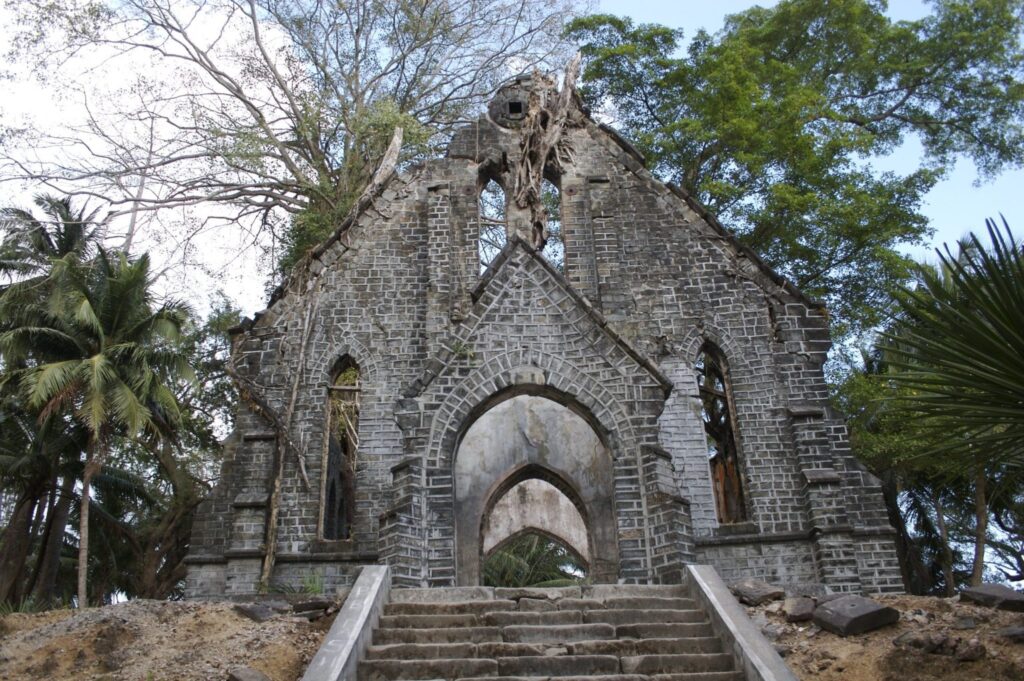
In 1788, a naval inspector, Sir Daniel Ross, embarked on an expedition to explore and survey the land. His adventurous spirit led him to this remote island, where he spent an entire year comprehensively studying its landscapes and surroundings. However, the unpredictable tropical weather, alternating between scorching heat and monsoon rains, forced him to leave the island in 1789. The island was later named after him despite his departure, becoming Ross Island.
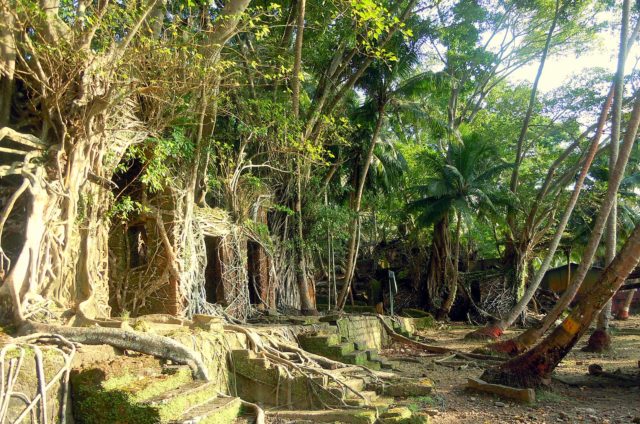
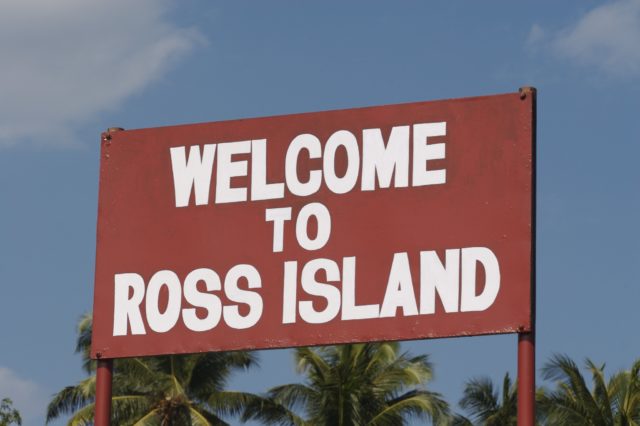
The Andaman and Nicobar Islands chain consists of approximately 500 islands, with Ross Island being considered the smallest, covering less than one-third of a square mile. The British were the first Europeans to establish a presence on the Andaman Islands. 1794 they founded a naval base and a penal colony on Chatham Island. However, the rapid spread of illnesses like malaria and dysentery among their men forced the British to leave the islands in 1796.
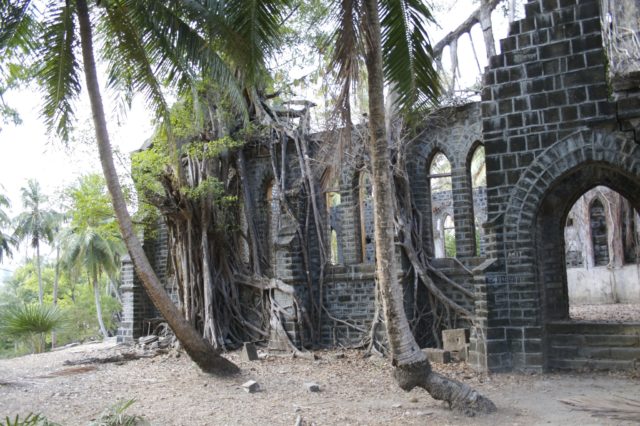
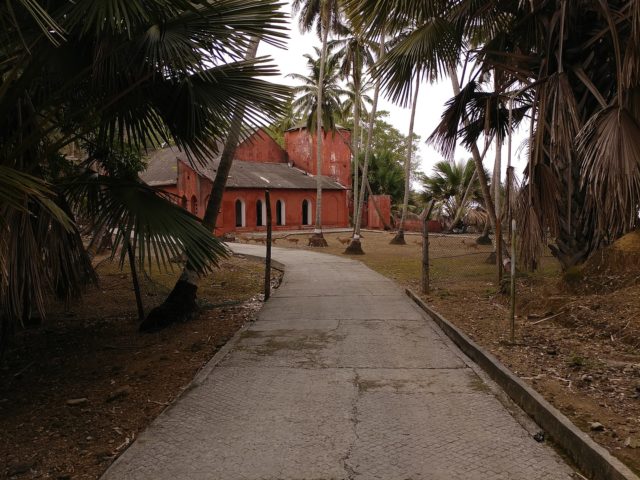
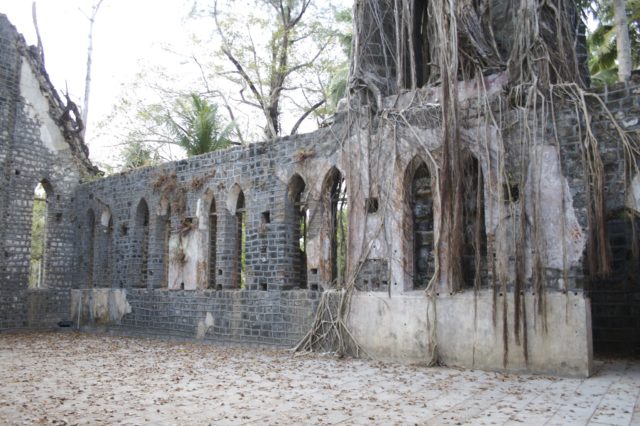
The British returned to the Andaman Islands in 1857 in response to the Indian Uprising, also known as the Sepoy Mutiny. This significant rebellion played a pivotal role in India’s journey to independence. During the initial years of the uprising, the British established penal colonies on the outlying islands of India, including Ross Island, to incarcerate rebels and members of the Indian military.
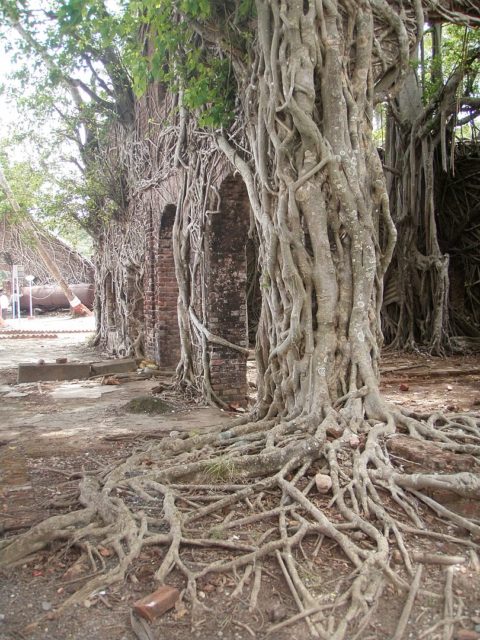
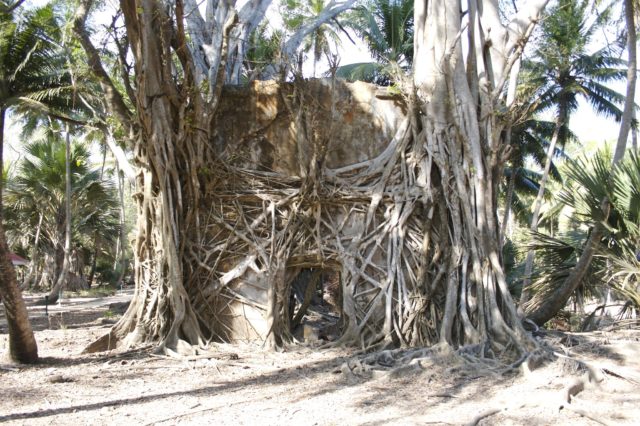
To Hindus, being transported to an island was seen as an additional punishment due to the concept of “kala pani,” which forbids crossing the sea and would result in a loss of respectability and social exclusion. This belief further influenced the British authorities’ decision to use Ross Island as a penal colony.
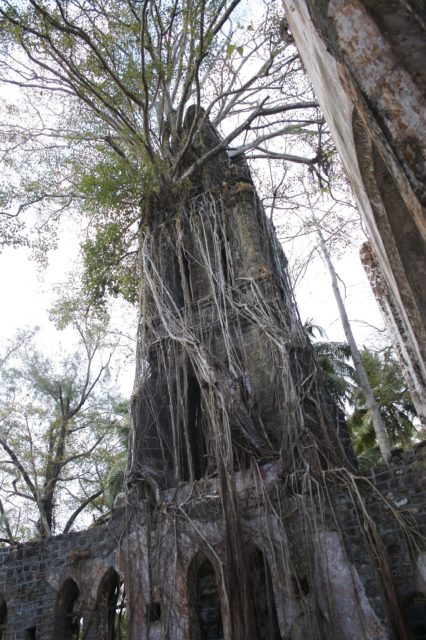
In 1858, Ross Island became home to around 200 prisoners. It was selected as the administrative headquarters for its secure location, minimizing the risk of attacks. The prisoners were subjected to forced labor, clearing the dense forests to construct residential buildings for the British captors, a church, and a cemetery for British soldiers.
Over time, Ross Island transformed into a luxurious colonial complex, boasting well-kept gardens, tennis courts, pools, and a church adorned with stained glass windows imported from Italy. Despite these amenities, the island’s isolation left the British inhabitants bored and disconnected from the outside world.

The tropical nature of the islands and the harsh living conditions in the overcrowded cells led to the rapid and deadly spread of diseases among the prisoners. Moreover, the British conducted experiments on the inmates to find a cure for malaria, leading to even more fatalities in the Ross Island prison.
After many atrocities, the penal colonies were officially closed in 1937. However, some British citizens remained on the island even after its closure.
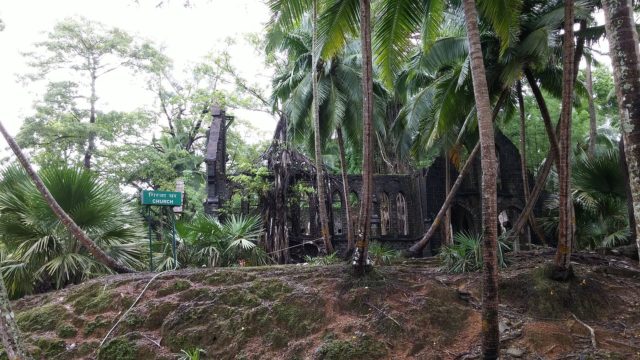
In 1941, an earthquake struck the Andaman Islands, causing significant damage and claiming around 3,000 lives. The British decided to withdraw from Ross Island and set up their base at Port Blair instead.
A year later, Japanese troops invaded and occupied the Andaman and Nicobar Islands, including Ross Island. During their three-year occupation, they stripped the island of resources and fortified it with bunkers.
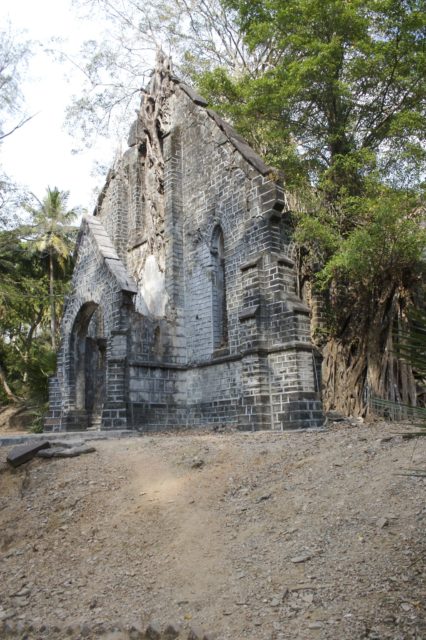
In 1945, British troops recaptured Ross Island, disbanded the penal colony, and eventually, India gained its independence in 1947. While several other islands were repopulated, Ross Island remained abandoned, and nature slowly reclaimed its territory, with trees growing through the floors of once-luxurious British bungalows.
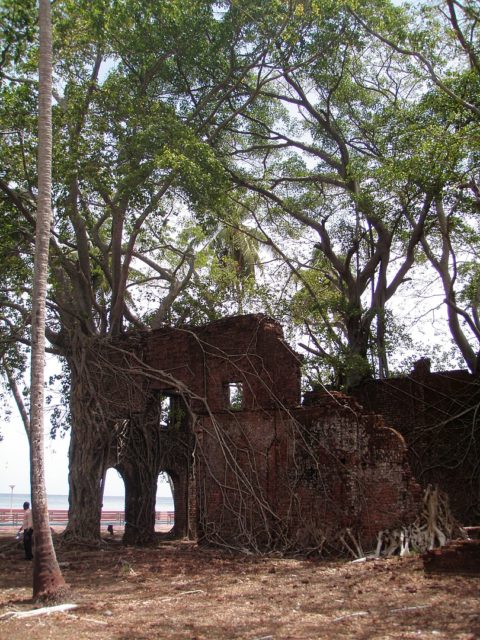
In 1979 Ross Island was officially transferred to the Indian Navy, and a small base was established. It was then decided to open the island to the public, turning it into a captivating tourist destination. Visitors could explore the surviving ruins of the prisons, the British colonial buildings, and the Japanese bunkers, now overgrown with vines.
In a significant move to honor one of India’s revered freedom fighters, Prime Minister Narendra Modi declared on December 30, 2018, that Ross Island would henceforth be known as Netaji Subhash Chandra Bose Island.
Today, visitors can reach Netaji Subhash Chandra Bose Island by ferry from Port Blair. Day trips are available, as living on the island is prohibited, except for a guesthouse designated for visiting Navy officials. The island features a small museum, shops, and food vendors, offering tourists a glimpse into its captivating past. Wildlife enthusiasts will be delighted to encounter peacocks, deer, and ducks during their exploration.
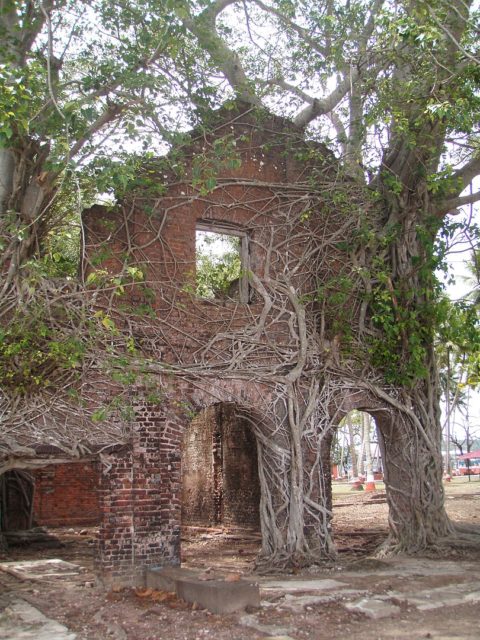
We extend our gratitude to Heimo Müller from Graz, the photographer behind the beautiful shots of Netaji Subhash Chandra Bose Island. His contribution to our article enriches the visual experience, immersing readers in the island’s allure. To explore more of his breathtaking photography of India, visit his Flickr page.
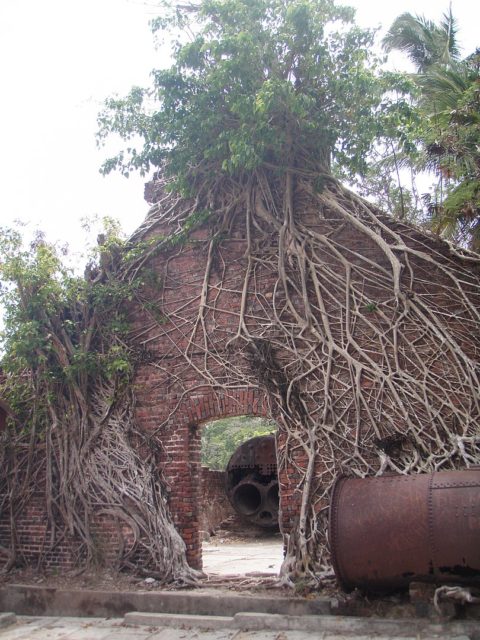
Netaji Subhash Chandra Bose Island, formerly Ross Island, is a testimony to a bygone era, where history and nature intertwine to create an enchanting destination for all to explore and appreciate.
Source: abandonedspaces